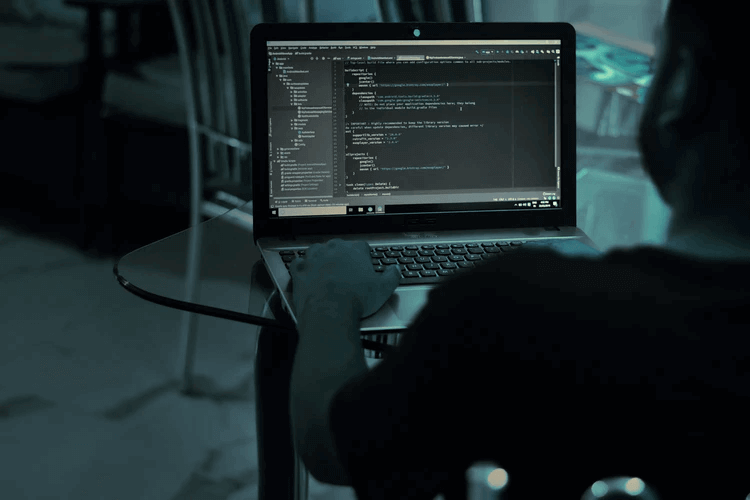
Online social networks may be the most convenient and fastest way to connect with your loved ones and even business associates or clients online. But there are threats that lurk around, just like in any real-world community.
Social networks are more public than people originally thought. For instance, reports came out in early 2019 that the email contacts of as many as 1.5 million Facebook users were collected by the social media giant without their members’ consent. Meanwhile, netizens with malicious intent can hack your passwords, credit card and banking details, and other personal information for their own benefit. In fact, the report “Into the Web of Profit” by University of Surrey criminology senior lecturer Dr. Michael McGuire shows that cybercriminals earn $3.25 billion per year.
Risks Related to Social Media
• False identity
Cybercriminals can use your personal information to make a profile impersonating you or to blackmail you.
• Viruses, worms, and malware
An innocent-looking message may appear on your social media account asking you to click a link, which contains malware or a virus. Hackers can also make fake profiles to connect with people, and then share a file to have remote access to your computer.
• Phishing
Scammers try to fool people into supplying their sensitive personal information. For example, they will post a certain URL on your social media account, which asks for your username and password to open a certain video.
How Can You Protect Your Personal Data
1. Think of a unique and strong password for each social media account.
Include lower and upper case letters, numbers, and special characters if possible. Change them at least once a month. Avoid saving them on your browsers to minimize the possibility of hackers gaining access to them. People in the business of selling laptops online and selling MacBooks should give this reminder to device owners who will put up their laptops and MacBooks for sale.
2. Be careful about what you post.
Customize the recipient list of each social media post you make.
3. Update your privacy settings.
Create a privacy question that is difficult for just anyone to answer. Look for “apps and websites” in Settings and disable third-party apps and ads.
4. Use a virtual private network (VPN).
Through a VPN, you can remotely but securely access your office systems or other private network through public networks. It also encrypts data for secure data sharing.
5. Enable two-factor authentication (two-step verification).
For instance, your social media network can send a numeric code to your smartphone when you log into a new device for the first time. You type that code aside from your password to enter your account.
6. Use an updated anti-virus program for your system.
Ensure all your devices that connect to the internet have anti-virus apps activated.
7. Examine friend requests and check your email for suspicious log-ins. Emails from Facebook or Twitter don’t only notify you about your friends’ posts but also illegal attempts to log in to your account.
8. Limit your audience.
Block suspicious people or pages using your Facebook settings. On Twitter, choose to make protected posts so they won’t be searchable by the public. On LinkedIn, go to privacy settings then “Choose who can follow your updates.”
9. Log out of social media accounts after using them.
If your session isn’t closed, you expose not only your account but also your device or computer to a hacker or third party.










